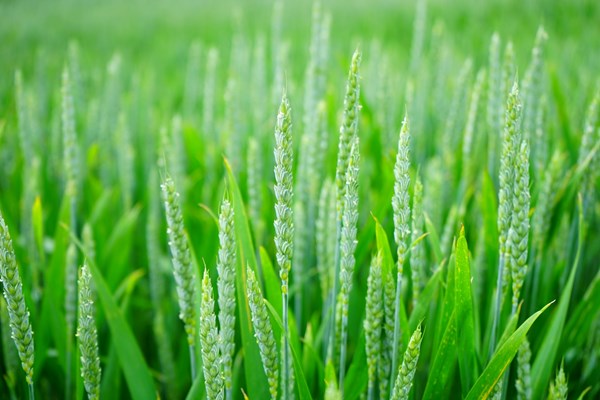Russia's invasion of Ukraine leads to higher grain prices
Russia’s invasion of Ukraine is leading to higher grain prices around the globe, as agricultural production in the “world’s breadbasket” has been severely disrupted. Ukrainian farmers are fleeing the violence or taking up arms, and ports that send wheat and other grains to Europe, Asia and Africa have been closed by the Russian military.
While there have not been global supply problems for grain yet, prices have risen 55% since a week before the invasion, and wheat futures have increased more than 40% in the last week, the largest weekly rise since 1959.
Economists are concerned that such agricultural shortages will lead to further inflation across the globe.
As Ukrainian farmers approach the time of year in which barley, rice, soybean and sunflower seed are planted, the extent to which the war will disrupt this year’s harvests remains unknown, but experts are preparing for the worst.
According to Scott Irwin, an agricultural economist at the University of Illinois, Ukraine’s crop area is just under 60 million acres, which is more than the crop area of the US states of Iowa and Illinois combined. “Ukraine is a huge agricultural producer,” Irwin tweeted, “produces about 4 billion bushels of crops a year. Also important to keep in mind that not only is Ukraine a big producer it is a big exporter of many of these crops.”
Egypt, the world’s largest grain importer and a country where bread is heavily subsidized, had to cancel two orders in less than one week. Lebanon, which gets 60% of its wheat from Ukraine, is in talk with the US, Canada and India to find alternative sources.
The Ukrainian Ministry of Foreign Affairs claims 60% of the country’s agricultural products are exported through seaports. In a tweet, the Ministry stated, “The closure of ports and the sea by the Russian army threatens the global supply chain of food. Defending Ukraine also protects the world from hunger and famine.”
